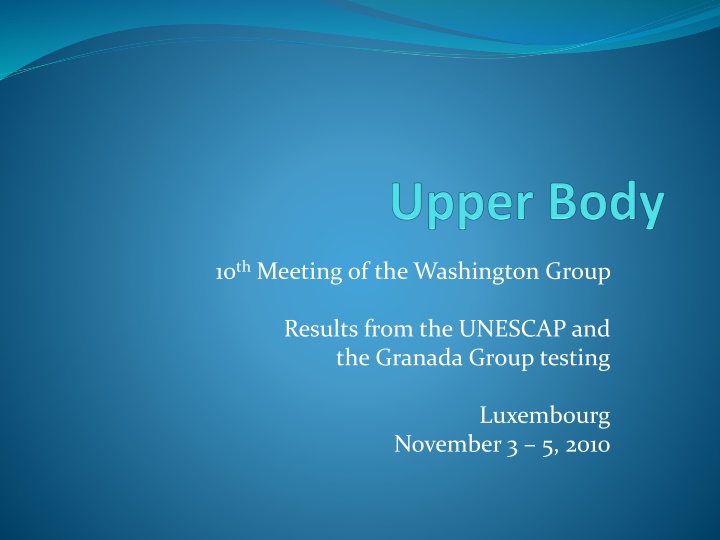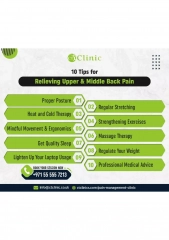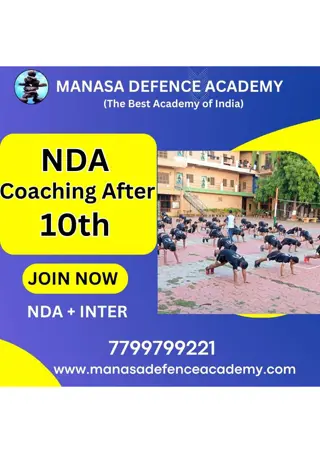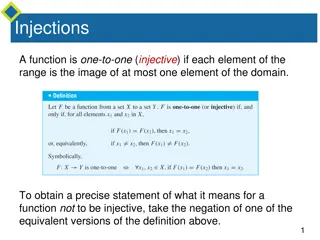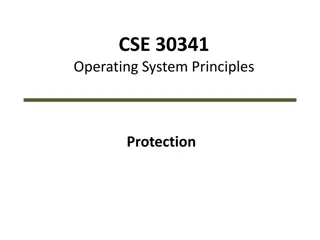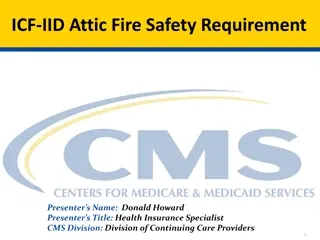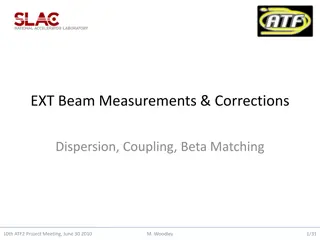10th Meeting of the Washington Group Results - Upper Body and ICF Domain Objective
This content provides insights into the 10th Meeting of the Washington Group with a focus on Upper Body (UB) and the ICF Domain Objective. It covers the identification of individuals reporting upper body difficulties, testing aspects involved in cognitive testing, and the questions included to assess difficulties related to self-care, lifting, and hand use. The goal is to analyze responses cross-country and cross-culture, ensuring the clarity and interpretability of the data collected.
Download Presentation

Please find below an Image/Link to download the presentation.
The content on the website is provided AS IS for your information and personal use only. It may not be sold, licensed, or shared on other websites without obtaining consent from the author.If you encounter any issues during the download, it is possible that the publisher has removed the file from their server.
You are allowed to download the files provided on this website for personal or commercial use, subject to the condition that they are used lawfully. All files are the property of their respective owners.
The content on the website is provided AS IS for your information and personal use only. It may not be sold, licensed, or shared on other websites without obtaining consent from the author.
E N D
Presentation Transcript
10thMeeting of the Washington Group Results from the UNESCAP and the Granada Group testing Luxembourg November 3 5, 2010
Upper Body (UB) and the ICF Objective of the domain: Identify individuals who report upper body difficulties Difficulties may have been present since birth or may be due to: Accident Disease Injury Degeneration of body structure/function
UB UNESCAP Cognitive Testing Aspects: Lifting and Carrying Objects Fine Hand Use Hand and Arm Use Self Care Testing goal: Do questions elicit appropriate and comparable cross country and cross culture responses? Are respondents able to easily understand questions and concepts? Can the data be meaningfully interpreted?
Questions Included (1) Do you have any difficulty with self care, such as washing all over or dressing? Do you have difficulty raising a 2 liter jug of water from waist to eye level? If NO: Go to Hands & Fingers Question Do you use any aids or equipment or receive help with lifting? If YES: What types of aids, equipment or assistance do you use? Do you have difficulty raising a 2 liter jug of water from waist to eye level even when using your aid? How old were you when the difficulty lifting began? Is your difficulty lifting due to a health problem or something else?
Questions Included (2) Does your difficulty lifting limit your ability to carry out daily activities? Does your difficulty lifting limit your ability to carry out other activities that are not part of your day-to-day life? Do you have difficulty using your hands and fingers, such as picking up small objects, for example, a button or pencil, or opening or closing containers or bottles? If NO: Go to Next Section Do you use any aids or equipment or receive help when using your hands and fingers? If YES: What types of aids, equipment, or assistance do you use?
Questions Included (3) How old were you when the difficulty using your hands or fingers began? Is your difficulty using your hands or fingers due to a health problem or something else? Does your difficulty using your hands or fingers limit your ability to carry out daily activities? Does your difficulty using your hands or fingers limit your ability to carry out other activities that are not part of your day-to-day life?
Results for the Lifting Question Responses obtained from 123 of 157 participants Most considered lifting from waist to eye level though there were some respondents who considered lifting an item from the floor. Concept of 2 liter jug of water seemed to work well Lifting aid question not always connected to jug question Varied ideas of what to count as an aid When the aid reported was assistance from another person, the question regarding difficulty lifting using your aid was confusing to respondents
Results for the Hands & Fingers Question Responses obtained from 142 of 157 participants Most interpretations were as intended with some exceptions: Ability to pick items off the floor was considered Ability to pick up objects but not open lids Difficulty attributed to a vision problem
Questions Included in Field Test Do you have difficulty with self care, such as washing all over or dressing? Do you have difficulty raising a 2 liter jug of water or soda from waist to eye level? PROBE: Can you tell me how you arrived at your answer? Why did you answer [FILL WITH ANSWER]? Do you have difficulty using your hands and fingers, such as picking up small objects, for example, a button or pencil, or opening or closing containers or bottles? PROBE: In answering this last question, were you thinking about bending down to pick up an object from the floor, picking up an object from a table, or something else?
Field Test Questions contd How old were you when the difficulty lifting or using your hands and fingers began? How much does your difficulty using your hands and fingers limit your ability to carry out daily activities?
Results from the Field Test Across all countries at least some difficulty reported for: Self care: 5% Lifting: 7% Hands and fingers: 7% Reports of self-care difficulty increased with age: 18 30 years: 1 % 31 40 years: 2% 41 50 years: 6% 51 60 years: 12% 61 70 years: 18% 71 and older: 23%
Field Test Results contd Three tasks self care, lifting, and hands and finger use do not identify the same populations though there is significant overlap nor are they mutually exclusive. No single question stands out for recommendation Further research needed to determine where respondents are lifting from (floor/ground versus table) and how they are considering lifting No further question wording revisions proposed
Goals for the Granada Testing Are the lifting and hands/fingers questions tapping the same thing? What action is considered in the lifting question? Ground to waist level Waist to eye level What activities are being done in the use of fingers question? Pick up versus grasp NOTE: The self care item for Upper Body was not included in this cognitive testing
Overlap Between Items Upper Body Hands and Fingers A lot of difficulty difficulty Cannot do at all Some No Missing/ Not asked Upper Body - Lifting difficulty Total Cannot do at all 1 - - - 1 A lot of difficulty Some difficulty 1 - 1 4 - 5 - 2 1 1 3 12 No difficulty - 2 16 60 1 79 Missing/Not asked Total - 2 - 7 - - 5 8 5 21 62 100
Actions Considered for Lifting Range of motion: Most narratives indicated respondents were thinking about lifting from waist to eye level Waist to eye level not a common activity A small minority indicated they were thinking about bending over to lift something from the ground Item being lifted: Most thought about actual bottle of water or soda Something significantly heavier was also reported Some ambiguity created by issue of whether the action had to be done with one arm or whether both could be used
Other Findings for Lifting Item Respondents did not compare themselves to others when determining their answer If respondents indicated thinking about a specific time period, it was the current moment . Otherwise they chose their answer without considering any specific time period.
Results for the Fingers Question Range of motion: Respondents also thought about bending to the floor for this question; particularly those who had considered this movement in the previous question Dexterity versus Strength Picking up a button or pencil requires dexterity while twisting a jar open requires strength For several respondents this created a double-barreled question situation Respondents focused on the specific actions mentioned in the question Action of buttoning shirt versus picking button up
Final Thoughts Upper body questions work well for most respondents Possible revisions for lifting question Waist to mouth which creates a more natural and common movement Consider the action of someone handing you a 2 liter bottle which avoids the issue of bending over Possible revisions for hands and fingers question Replace button with needle if the action of buttoning is not an acceptable action Split into two items if both motions are important to capture
